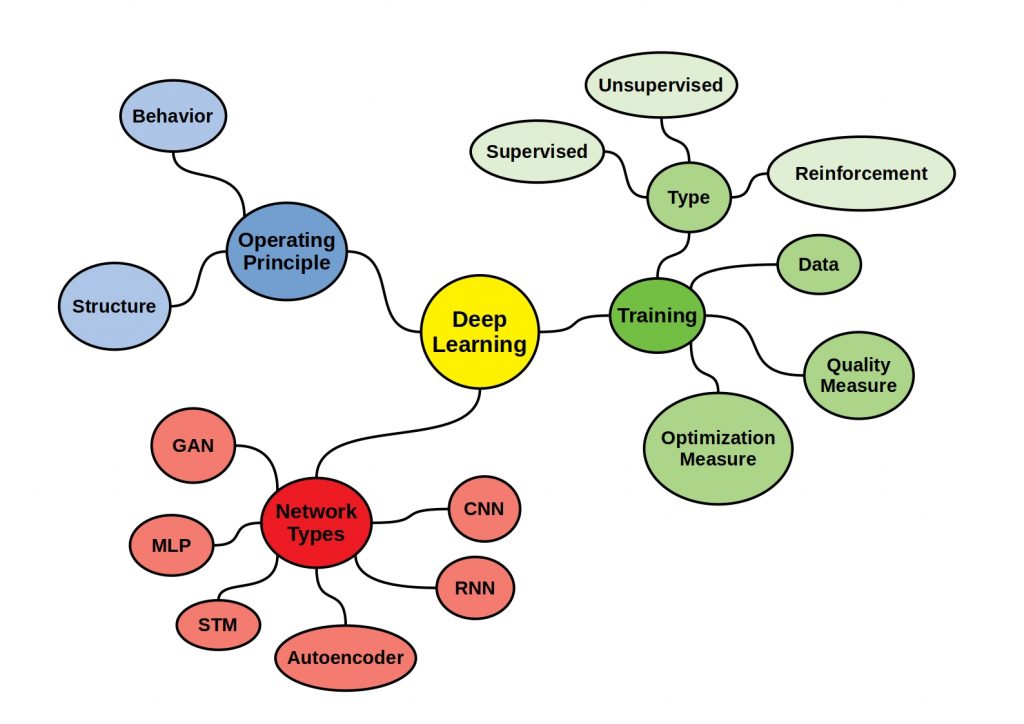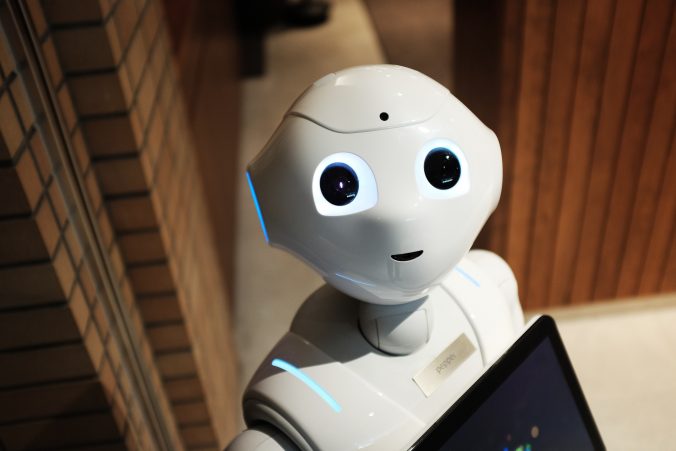It’s almost harder to understand all the acronyms around Artificial Intelligence (AI) than the technology itself.
AI vs Machine Learning vs Deep Learning – These terms are often carelessly mixed together. But what are actually the differences? In this article, we will introduce you to all Three fields, because even though there is overlap, they differ.
It should be important for you to know these differences, as each discipline describes different stages of a data analysis pipeline.
AI vs Machine Learning vs Deep Learning
In the following figure, we have schematically shown you the individual fields in their context. As you can see, the individual disciplines surround each other and form an onion-like layered model.
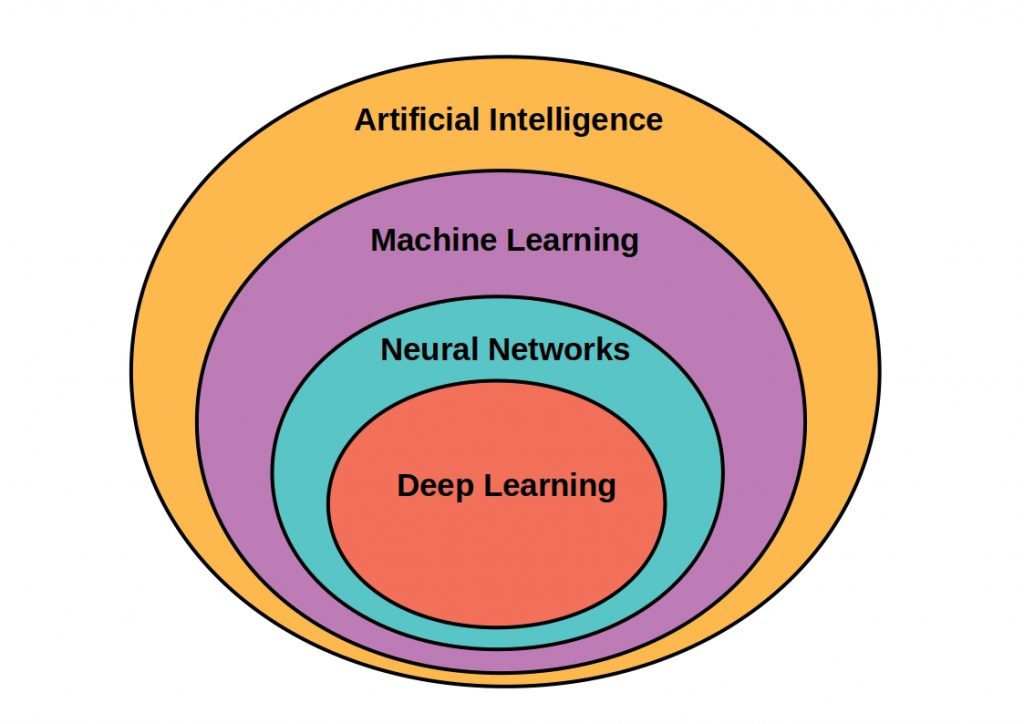


The figure clearly shows that there are relationships between individual disciplines. AI is to be understood as a generic term and thus includes the other fields. The deeper you go in the model, the more specific the tasks become. In the following, we will follow this representation and work our way from the outside to the inside.
Artificial intelligence
All disciplines are encompassed by the term AI. It is a science that explores ways to build intelligent programs and machines that can perceive, reason, act, and solve problems creatively. To this end, it attempts to model how the human brain works.
The following figure shows that AI can basically be divided into two categories.
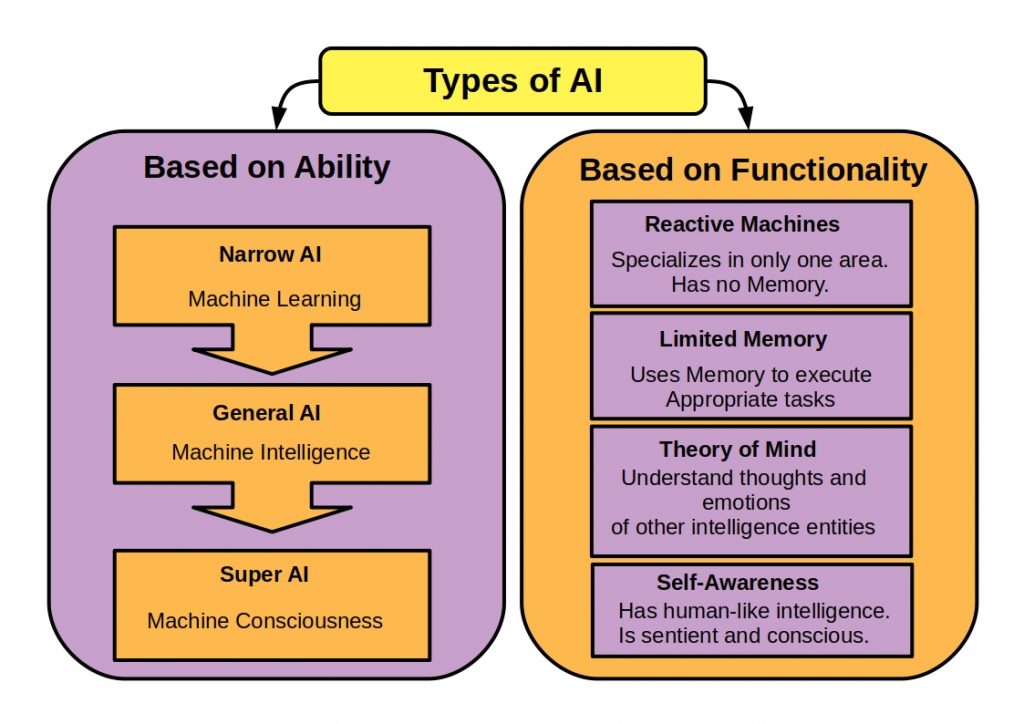


Classification is about measuring the performance of AI based on how well it is able to replicate the human-like brain. In the Based on Functionality category, AI is classified based on how well it matches the human way of thinking. In the second category, it is evaluated based on human intelligence. Within these categories, there are still some subgroups that correspond to an index.
AI vs Machine Learning
So what is the first subcategory Machine Learning and how does it differ from AI?
While AI deals with the functioning of artificial intelligence and compares them with the functioning of the human brain, machine learning is a collection of mathematical methods of pattern recognition. It is about how a system is given the ability to automatically learn and improve from experience. Various algorithms (e.g., neural networks) are used for this purpose. In the following scheme, the broad machine learning field is presented in a categorized way.
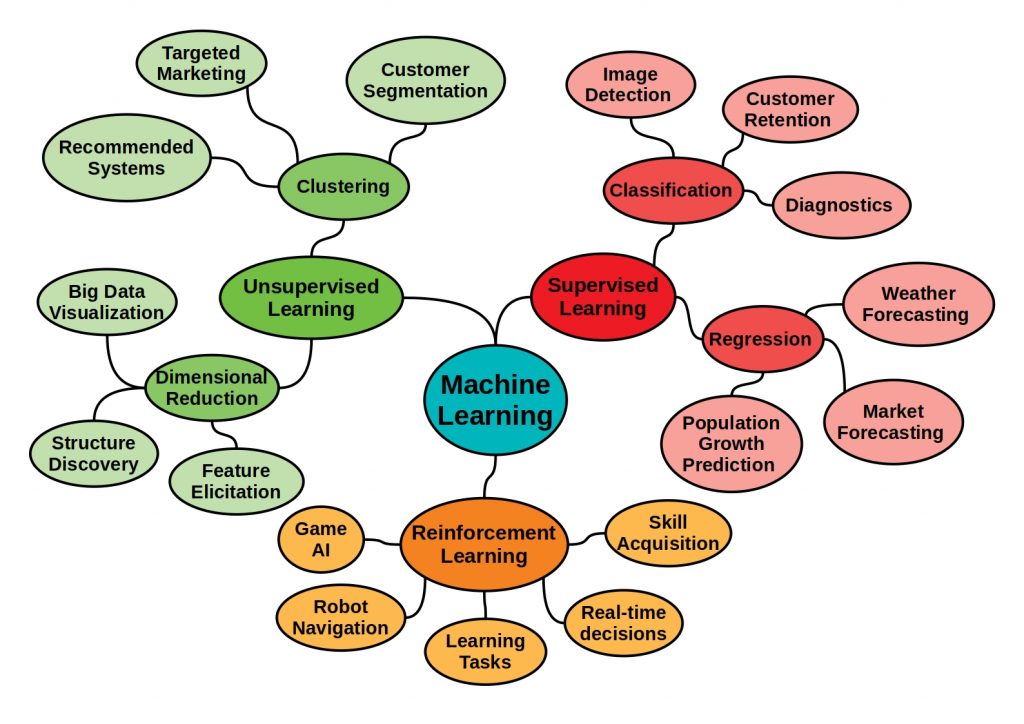


In machine learning, algorithms are used to build statistical models based on training data. Roughly, these algorithms can be divided into three main learning techniques. While in supervised learning the result is predetermined by a cleanly labeled data set, unsupervised learning is completely self-organized. Here the patterns are to be explored independently.
In reinforcement learning, utility functions are to be independently approximated based on rewards received.
Machine Learning vs Deep Learning/ Deep Neural Learning
Deep learning is a subfield of machine learning similar to machine learning in Ai. Here, multilayer neural networks are used to analyze various factors in large amounts of data. These networks are similar to the human neural system. If you want to know more about this structure, read our article on perceptrons, the smallest unit of a neural network.
Optimization of neural weights, unlike machine learning, can be done using powerful GPUs. Pure machine learning is best used on structured data sets, while for unstructured data you should opt for deep learning. In the following graphic, we have summarized the main factors that make up deep learning. For the network types autoencoder and CNN we provide more detailed articles.
